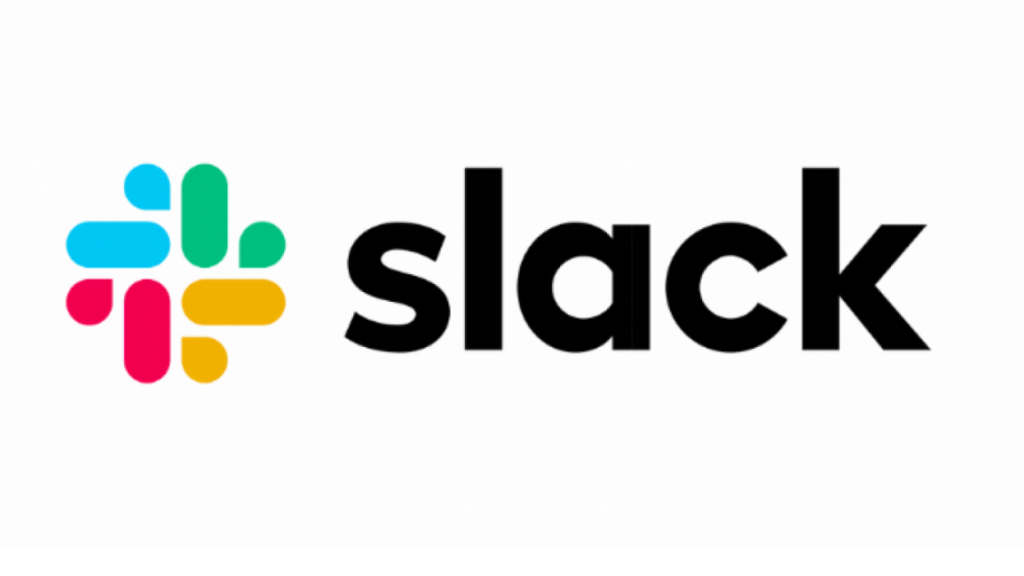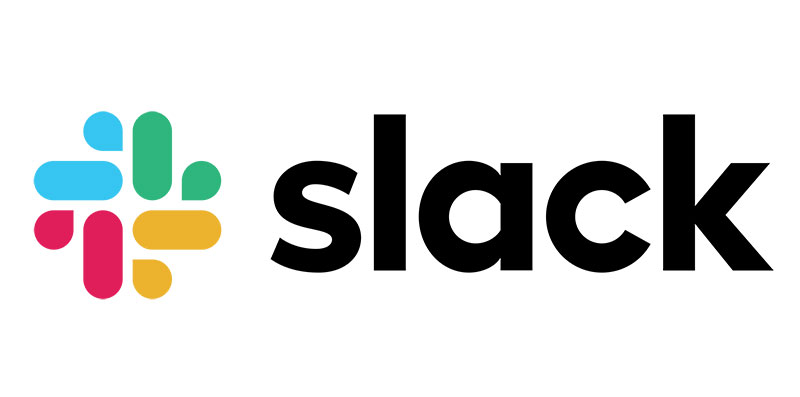You likely spend a lot of time on Slack if you work in an office. In the age of remote work, the messaging platform for the office has grown in significance. A new material that aims to imitate the office environment online has been released.
Huddles, a real-time audio room you can join in Slack, were introduced last year. They quickly became the most widely used feature in Slack’s history. Inching closer to becoming a full-fledged video conferencing service, the company is now expanding Huddles to include video.
You may call anyone in your workspace with Slack Calls on a voice or video call. Read on to find out more about Slack Calls’ functionality, available subscriptions, and supported devices.
Using the Calls API
Slack integration enables you to make your calls more dynamic, discreet, and simple for users to join. If you prefer, your call app will display natively in the Slack client next to the Call icon. A list of participants, a join button, and details about the call are all displayed in Slack whenever someone begins or shares a call.
Overview
Your call app can inform Slack about the calls you make between users using the Calls API. Slack does not place the call. The API enables you to conduct your business and include your call within the Slack client pleasantly and efficiently. Users can start, end, and enter their Calls from within Slack in exchange for this privilege.
Just to be clear, we’ll refer to the third-party call made by your app with a lowercase “c”, whereas the full call made inside of Slack is capitalised. Slack displays your call natively, with metadata, a join button, and participant lists.
Your app can integrate with Slack in one of two ways, allowing users to start and manage calls directly from Slack. A Slash command, such as putting /mycallapp into the message composer, is one way a user can launch your app.
The Call icon is the user’s other direct entry point into your app. Luckily, your app can use both interaction styles. Only the app configuration is different once you choose one or the other. The payloads you receive are the same, so using API methods to let Slack know about your calls is still possible.
App setup
Users of non-partnered apps must use a slash in the command to start calls. Start by developing your Slack app. Select the Slash Commands button and create a New Command under the Add features and functionality header. The procedure for configuring your Slash command program here is identical to that described in the Slash command documentation.
Be less concerned about the Request URL (the URL where Slack will send information about users interacting with calls to your app). Later, you can modify that. If you wish, you can also change the command’s name.
To interact with calls, you will require two scopes:
- calls: read
- calls: write
Under the OAuth & Permissions column on the left, request these two scopes (scroll down to the Scopes section). Click the Install App to Workspace option after that. You are prepared to use calls at this point.
Call functions: dialling to hanging up and everything in between
You should offer a variety of functions if you want to give people a smartphone for their calling needs. The first step is initiating and rejecting calls, although much more is possible.
A smart Call app must be able to perform the following five tasks: starting a Call, opening a link to a Call, replying to a Call that has been denied, updating Call details and adding/removing participants, and lastly, ending a Call. We’ll then go over each in more detail, beginning with call initiation.
Power productivity with more flexibility
Huddles and clips allow you to discuss issues and do tasks as you see fit.
Use huddles to collaborate and connect.
- Give teams a digital-first way to collaborate, solve issues, and co-create in real-time without needing to set up additional meetings or disrupt workflows.
- Connect with one click over a simple voice or video for impromptu talks or intensive teamwork sessions.
- Work together with your team while using several screens, drawing tools, and cursors. Emojis, reactions, and stickers are also available for your enjoyment.
- Once the meeting is over, everything you provided, including links, notes, and discussions, will be automatically saved as a message thread in the channel or direct message where it was started.
Share clips for updates on your own time
- To offer a status update, highlight work, walk through a product demo, provide step-by-step directions, and make quick audio, video, and screen recordings.
- Increase productivity by providing an easy way for workers to share information across teams, time zones, locations, and businesses they can access whenever they have free time.
- Watch the videos and how you fast forward, rewind, or read the captions.
- Transcripts are saved and searchable, enhancing the knowledge base of your company.
Tech stack for Slack Video Chat
Let’s first examine the technical foundation of native video calls for Slack. Making a Slack video call or just using voice to interact with any workplace member is possible thanks to the basic voice chat capabilities already included in Slack’s feature set.
With the most recent suggested security measures, Slack audio and video employ the WebRTC standard for real-time communication. They also make it apparent how they safeguard the integrity and privacy of a call by providing the following information:
- All in-transit traffic is encrypted.
- Using DTLS-SRTP key exchange for SRTP media traffic encryption
- DTLS-based real-time data channel traffic encryption
- Using secure WebSockets or HTTPS with TLS 1.2 to communicate with Slack’s media server during signalling
Slack does not keep transcripts or recordings of calls. Instead, they keep a call’s metadata (think the name of a call, what channel or direct message it was started from, who started and who participated in the call, as well as when the call ended and when members joined or left a call).
All of this sounds fantastic, but there’s a significant catch: the people you call must be Slack workspace members. This degree of calling functionality might be useful for internal communication, but it prevents you from making Slack video or audio calls to that outside of your company.
Conclusion
You won’t use a calendar to arrange a chat if you need to have one; instead, you’ll remain in Slack. We can see each other on camera when we gather in huddles. We can start with a topic for this discussion. Together with our coworkers, we can simultaneously share our screens. Teams move forward with their efforts concentrated in huddles.
FAQ
Is video calling free on Slack?
You can start a call in a direct message (DM) with one other person if you’re using the Slack free edition. If you have a premium subscription, you can initiate a call in a DM or a channel with up to 14 other users and share your screen.
How do I test a Slack video call?
In the left-hand-side column, select Audio & Video. Click Run an audio, video, and screen sharing test under Troubleshooting. A new window will appear to display the test. Click Start test after making sure your desired speaker, microphone, and camera devices are listed in the drop-down choices.
Is Slack better than zoom?
Zoom’s primary function is as a video tool, whereas Slack’s fundamental competency is communication. Slack can provide you with a space to communicate regularly with the rest of your team. It provides one-to-one conversations and group chatting with message threading.

